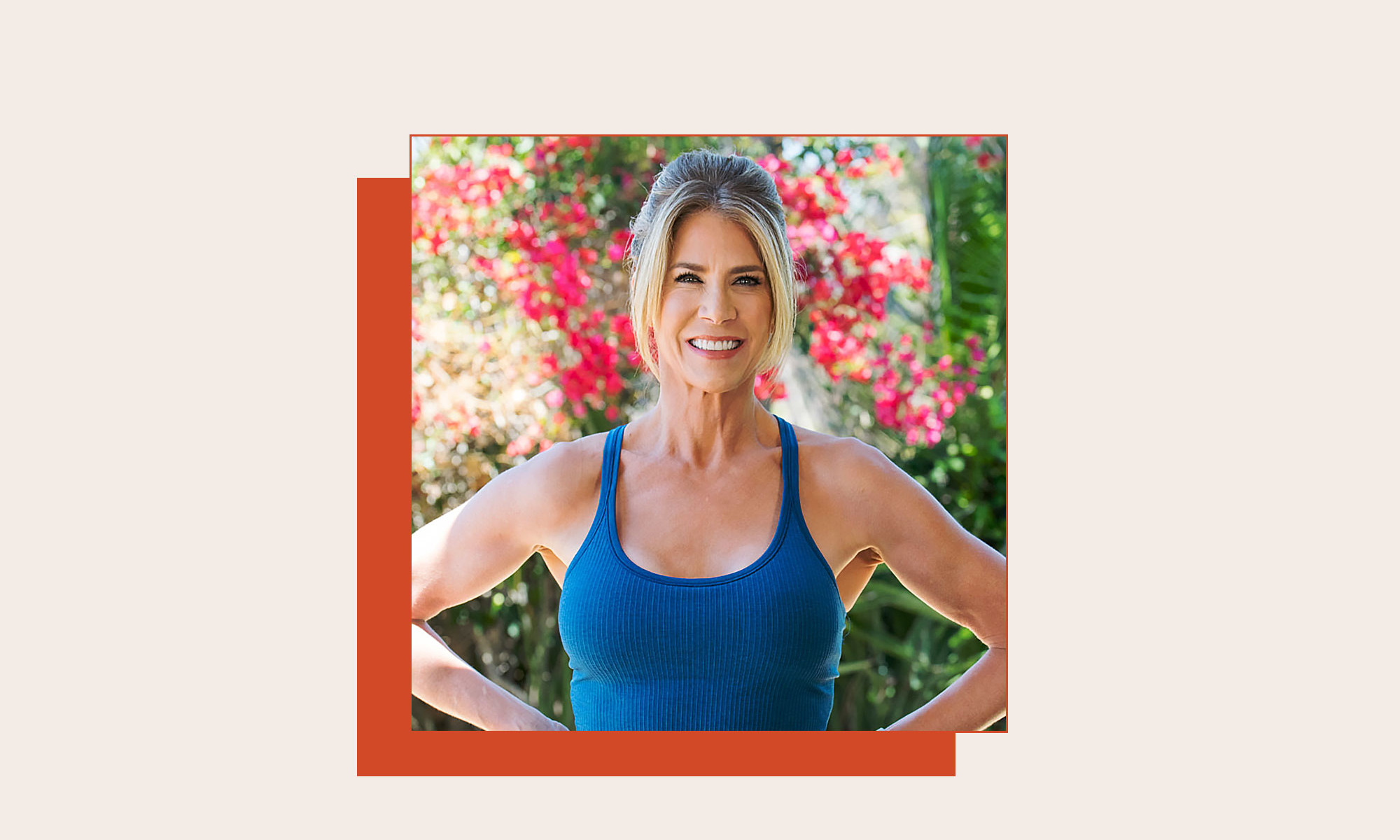3 Tips To Live A Stronger (Not Just Longer) Life Starting Today
Let's live stronger AND longer.

Image by JJ Virgin x mbg creative October 05, 2024 We carefully vet all products and services featured on mindbodygreen using our Our selections are never influenced by the commissions earned from our links. Imagine yourself at 80 years old—what do you see? If you picture yourself slowing down, exercising less (if at all), and struggling to keep up physically, you’re not alone. However, it’s time to rethink the assumption that aging and slowing down must go hand in hand. In this episode of the mindbodygreen podcast, JJ Virgin explores what it means to “Age Powerfully” and how to achieve it. Virgin, a celebrity nutritionist, Fitness Hall of Famer, personal trainer, New York Times bestselling author, founder, and podcast host, has been at the forefront of the wellness industry for decades. According to JJ, the more you do now, the more you can do later. The entire podcast is filled with actionable tips for living stronger, not just longer. Here are three of our favorite insights from the conversation. 1. First, JJ suggests focusing on the muscles you’ll use in everyday life—today, tomorrow, and 30 years from now. “We train in the gym to get better at life,” JJ says—not just to excel in the gym. In fact, JJ herself avoids aesthetic-first workouts like bicep curls or knee extensions. “How often do you ever do a bicep curl…unless you're in a marching band?” she asks humorously. To be clear, there’s nothing wrong with doing bicep curls, knee extensions, or any other exercise if you enjoy it. However, if you’re training for longevity and everyday strength, those types of exercises might not be the top priority. Instead, JJ recommends exercises that mimic activities you’ll perform in daily life, such as: Additionally, JJ points out that many of these weighted exercises also engage your core, providing the added benefit of increased abdominal strength. 2. JJ views slow workouts such as yoga, slow-paced Pilates, and leisurely walking as important for training for longevity—but not the whole picture. To explain, she refers to the difference between slow-twitch and fast-twitch muscles. Slow-twitch muscles are the ones you use most in everyday life. “That’s how you’re able to stand up, move around, and do most daily activities,” she says. Training fast-twitch muscles for practical benefits might include doing sprints now so you can chase after your dog or grandchild in the future, or incorporating high-intensity cycling into your routine now so you can ride a bike with ease later on. “Whatever you train at is what you will be at,” JJ says—so if you want to move quickly without trouble as you age, start now. Here are a few fast-twitch exercises to consider adding to your routine: This doesn’t mean you have to make fast-twitch exercises the entirety of your routine. Activities like yoga, Pilates, and walking all have a place in a well-rounded fitness routine, but it’s important to spend some time on fast-twitch muscles as well. Move it or lose it, you might say. 3. According to Virgin, you should aim for 30 grams of protein with each meal, even bumping that up to 40 grams of protein for those following a plant-based diet. She follows a food-first approach, getting as much protein as she can from her meals and then reaching for a clean protein powder for extra support. Virgin’s go-to protein sources include: She keeps it fairly simple, often batch-cooking those protein sources so she has them on hand for the next few days. This way, adding protein to your lunch or dinner when you’re in a rush doesn’t require pulling out the baking sheet. Keeping up with protein intake is important for everyone looking to build muscle, especially women approaching perimenopause or menopause. “When estrogen starts to drop, we don't assimilate our essential amino acids…we don't use them as well,” she says, meaning you may need more protein as you age than you did when you were younger. What’s more, muscle decline starts around age 30 for women, meaning strength training and protein intake become even more important after this threshold. The more muscle you build in the early years, the easier it will be to maintain strength and active mobility as you age. “I would argue right now that we should all be trying to put on as much skeletal muscle as we possibly can,” Virgin says, thinking about it as an investment: “We want to stuff as much money into a retirement account if it had a really good interest rate as we possibly can, because then we'll have more later to use.”
Train to get better at life
Work both fast & slow twitch muscles
Make protein a priority
The takeaway
Aging doesn’t have to mean slowing down. By investing in your strength, mobility, and muscle mass now, you’ll have a more active future.
Remember to keep protein on your plate, prioritize practical exercises, and work fast and slow-twitch muscle exercises into your routine.
For more fitness and longevity tips, tune into the full episode on Apple Podcasts.

 MikeTyes
MikeTyes 

































